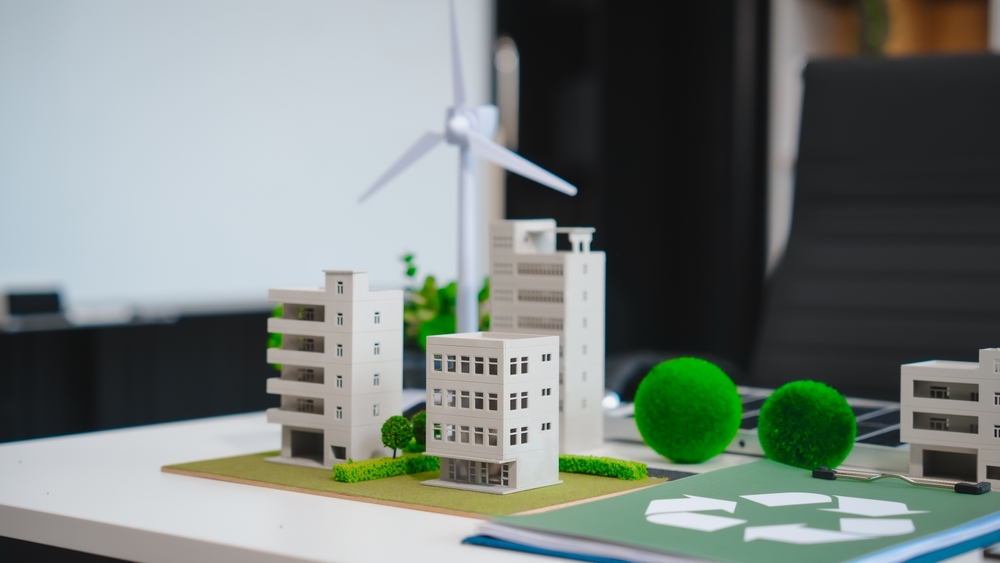
Smart Building Technology: Transforming Construction for a Sustainable Future
Smart Building Technology: Transforming Construction for a Sustainable Future
In today’s rapidly advancing construction landscape, smart building technology is revolutionizing how we design, build, and manage structures. By integrating automation, data analytics, and connectivity, buildings are becoming more energy-efficient, responsive, and sustainable than ever before.
From lighting and HVAC systems to security and maintenance, smart building technology enables real-time control and optimization, enhancing comfort, efficiency, and sustainability for both occupants and operators.
What Is Smart Building Technology?
Smart building technology refers to the integration of intelligent systems and digital solutions that monitor, control, and optimize a building’s environment and operations.
These systems rely on sensors, Internet of Things (IoT) devices, artificial intelligence (AI), and cloud-based platforms to collect and analyze data in real-time. The insights derived from this data help improve energy management, comfort, and operational performance.
In essence, smart building technology turns traditional buildings into connected ecosystems that think, learn, and adapt.
Why Smart Building Technology Matters
The need for sustainable development and operational efficiency has made smart building technology an essential component of modern construction.
Here are the major advantages:
-
Energy Efficiency: Reduces energy waste by automating lighting, HVAC, and equipment usage.
-
Improved Comfort: Adjusts temperature, lighting, and air quality based on occupancy and preferences.
-
Enhanced Security: Uses smart surveillance, access control, and alarm systems for safety.
-
Reduced Operational Costs: Predictive maintenance prevents breakdowns and saves resources.
-
Supports Sustainability: Helps achieve LEED-certified construction and green building standards.
By adopting smart building technology, developers and owners can achieve optimal building performance optimization while reducing environmental impact.
Key Features of Smart Building Technology
1. Building Automation Systems (BAS)
Automation systems integrate lighting, HVAC, and other equipment into a centralized control network, allowing efficient energy management and seamless operation.
2. IoT Sensors and Connectivity
Smart sensors track parameters such as temperature, occupancy, air quality, and energy use—providing valuable data for efficient smart building performance.
3. Artificial Intelligence and Machine Learning
AI algorithms analyze building data to predict maintenance needs, adjust systems automatically, and identify patterns for energy optimization.
4. Renewable Energy Integration
Combining smart building with solar panels, wind turbines, or battery storage systems enhances sustainability and supports net-zero carbon buildings.
5. Smart Security and Access Control
Facial recognition, mobile access, and real-time alerts provide improved safety and security while maintaining operational convenience.
Benefits of Smart Building Technology
-
Energy and Cost Savings: Up to 30% energy reduction through automation.
-
Healthier Indoor Environments: Better air quality and temperature control.
-
Predictive Maintenance: Reduces downtime and repair costs.
-
Data-Driven Decisions: Continuous performance analysis enhances long-term efficiency.
-
Environmental Responsibility: Promotes sustainable architecture and carbon reduction.
With smart building , every element of a building—from lighting to elevators—works intelligently to maximize efficiency and comfort.

Smart Building Technology in India
India is witnessing a significant rise in smart building , driven by rapid urbanization and smart city initiatives.
The Smart Cities Mission launched by the Government of India aims to integrate digital infrastructure and sustainable solutions across urban areas. According to the Indian Green Building Council (IGBC), smart technologies are key to achieving green building certification and sustainable development goals.
Many real estate developers and corporations are now investing in smart building to enhance efficiency, reduce emissions, and improve occupant experience.
Steps to Implement Smart Building Technology
-
Assess Current Building Systems: Identify energy and operational inefficiencies.
-
Adopt IoT and Automation: Install smart sensors, controls, and connected devices.
-
Integrate Data Platforms: Use centralized dashboards for monitoring and analytics.
-
Enable Renewable Energy Systems: Combine smart management with solar or wind energy.
-
Monitor and Optimize: Continuously improve through performance tracking and data insights.
These steps ensure seamless integration and successful implementation of smart building for maximum performance.
Partner with AMS India for Smart and Sustainable Construction
At AMS India, we specialize in implementing smart building to enhance efficiency, comfort, and sustainability in construction.
Our solutions integrate automation, energy management, and clean construction technology to help organizations meet global sustainability standards.
Whether you aim for carbon footprint reduction or energy-efficient construction, AMS India provides expert guidance and smart solutions for every phase of your project.
Conclusion: The Future of Construction Is Smart
Smart building represents the next step in sustainable construction and urban development. By combining data-driven systems, automation, and renewable energy, we can build structures that are intelligent, efficient, and environmentally responsible.
As the world moves toward a greener and more connected future, smart building will continue to play a key role in shaping efficient and sustainable living spaces.
Read more related articles to enhance your knowledge and make informed decisions
Cost-Effective Modular Construction: Fast, and Sustainable Building Solutions
Smart Modular Buildings: Innovative, Efficient, and Sustainable Construction








